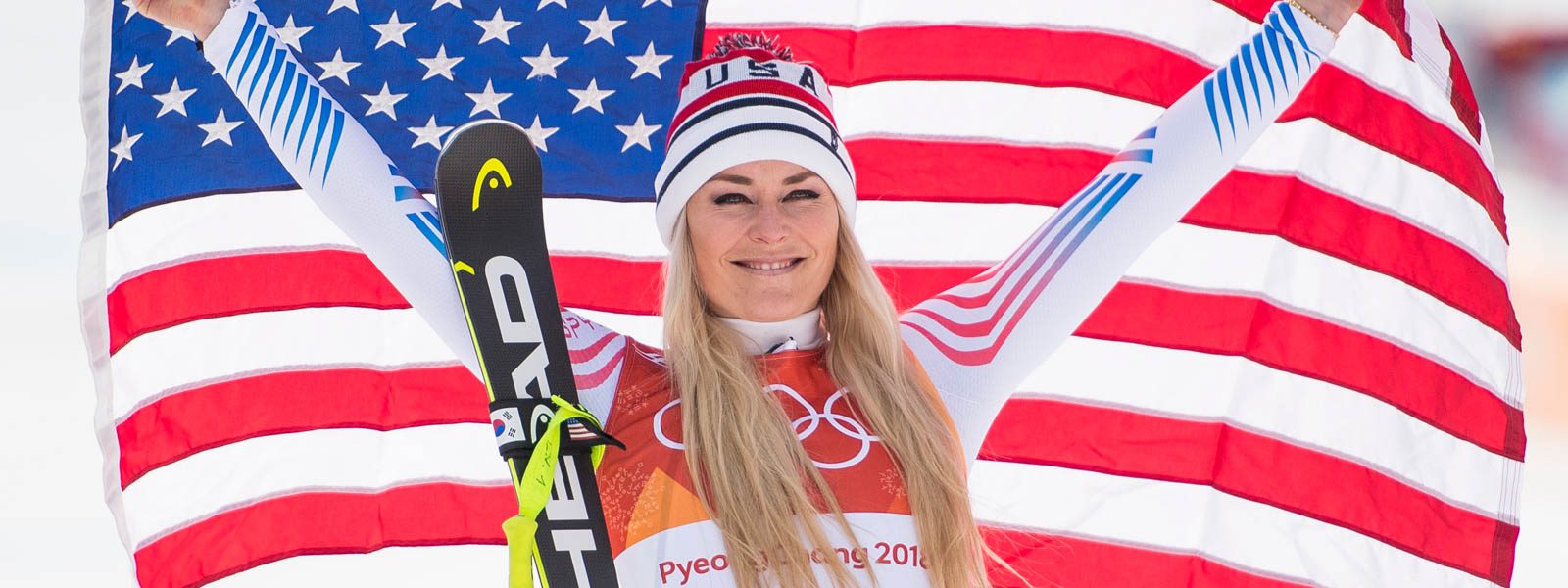From the Mouth of a Boot Service Man: Don’t Over Tinker
Florian Watschinger travels a lot, knows all the ski resorts you can think of and during the last 14 years, he has become an insider in the ski racing world as a well-known boot technician for some of the world’s best ski racers. Currently, the South Tyrolean works for Dalbello, and in the past has also worked for boot giants Lange and Head.
Since 2005, when he started with Lange, a lot has changed in the world of race boots. The trend that Watschinger says is most notable is that athletes typically have more pairs of boots than they used to. Generally speaking, there is nothing wrong with this trend, but it carries a hidden trap that many athletes, especially young athletes, can get caught in.
“Finding the right setup is important, no doubt, but testing and searching for the perfect setup can trap athletes,” says Wartschinger. “It takes attention away from improving your skiing and shifts it to playing around with the setup.”
According to him, this trend is especially notable in the United States. Often, parents are trying to help their kids and that’s when the testing and tinkering starts, in Watschinger’s opinion, too early. He sees 12 year-olds testing boots. Watschinger claims that even on the professional level there are only a few athletes who really know what they are doing when changing and experimenting with their boots.
These few, in contrast to teenagers, he says, have already achieved a high to outstanding technical level of skiing. This allows them to carve out time to fiddle around with their equipment. After all, testing different setups is time consuming and can only be done effectively on winter snow. Additionally, Watschinger explains, these athletes have a team of industry professionals supporting them in their work, which younger athletes simply do not have available to them.
Watschinger says, “I think fiddling shouldn’t start before you are on a European Cup level, because this is around 18-19 years of age and your technical level should be already quite decent by then; the higher you climb, the more fiddling you will do.”
Another thing that came across his path, which he says is a typical North American theme, is skiing on different canting degrees for the left and the right boot.
“I understand the idea behind it,” noted Watschinger. “But it obviously doesn’t translate to snow. On skis this does not play out as an advantage and it seems it hasn’t established itself; in Europe I don’t see this at all.”
According to him, the edging of the boot within the World Cup athletes he works with is done, for the most part, equally on the left and right foot.
Currently, many athletes within the technical disciplines tend to use a smaller sized boot than a typical skier would. Watschinger can also help athletes find up to between five and seven extra millimeters in length to their boot shells thanks to punching, grinding, and other techniques. Foaming liners is a specialty process and something not everyone likes, but he says most athletes prefer a little bit of form-fitting in their liners.
Given all of the different things that can be changed with boots, Watschinger says that probably the biggest thing to play with in boot tuning is the boot board. In particular, how it’s manipulated is different depending on the discipline the boot will be used for.
In speed events like downhill, you want your boot to be less aggressive. Therefore, it’s common to use the original boot board, which is relatively flat. In giant slalom, on the other hand, things look pretty much the opposite. Often Watschinger sands the board down and then puts some 3-5 millimeter plates underneath the boot to create different ramp angles.
Watschinger also notes that it’s easy to forget that every skier needs to adapt to a new boot set up and therefore it is necessary to give the tuned equipment time before it’s evaluated and possibly changed again. Of course, this is different if your feet are in pain. Watschinger always supports shaping the boot so you are pain free.
Through years of experience, Watschinger has gained confidence in his trade, but early on, it was a different story. Very early in his career he was sent to work with Hermann Maier and he thought if he did something wrong it might be the end of his career as a boot service man.
The appointment with the Austrian great was set up very last minute as a quick solution was needed. Of course this added to his stress level considerably. Once at Maier’s home Watschinger asked him what his favorite boot was or what he preferred in a boot and Maier took him into another room. In the room there was an entire wall stacked up with blue boots, even though at the time Maier was skiing on Atomic. Maier told him Lange boots had always been his favorite and in particular the two boots he used in Nagano and the one he won the overall World Cup with.
Maier talked to him like any other ordinary FIS racer would, which made Watschinger feel at ease. Maier, at the time, was one of the few racers on the World Cup who fiddled a lot with their material.
“I will never forget this visit, and a lot of my self esteem comes from this experience,” claims Watschinger.
Watschinger emphasizes that self esteem is the most important attribute you need to build up as a young skier. Over testing equipment will undermine that; testing is questioning, which can easily lead to doubting your equipment, and worse, your technique. Self esteem is developed when you focus on and improve your technical level of skiing and because of this, you start finally getting the results you train for.






















